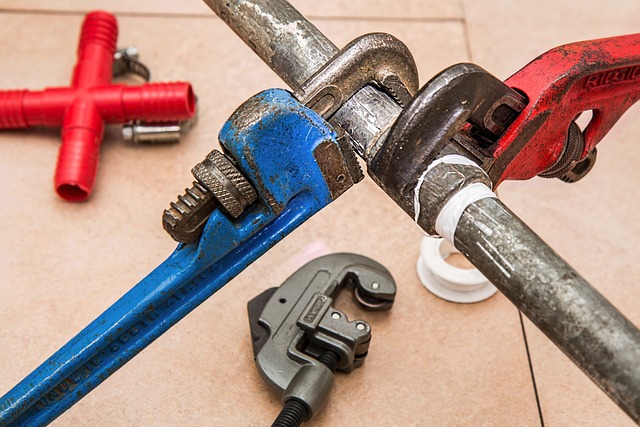The Importance of HVAC Systems in Architectural Design
AC Architects: Designing Cool Solutions for Philly’s Heat
When it comes to architectural design, there are many factors to consider. From aesthetics to functionality, architects have the challenging task of creating spaces that are not only visually appealing but also comfortable and practical. One crucial aspect of architectural design, especially in a city like Philadelphia with its hot and humid summers, is the integration of hvac (Heating, Ventilation, and Air Conditioning) systems.
The importance of HVAC systems in architectural design cannot be overstated. These systems are responsible for maintaining a comfortable indoor environment by regulating temperature, humidity, and air quality. In a city like Philadelphia, where temperatures can soar during the summer months, a well-designed HVAC system is essential to ensure the comfort and well-being of building occupants.
One of the primary considerations in HVAC system design is energy efficiency. AC Architects understand the importance of designing systems that not only provide optimal comfort but also minimize energy consumption. By incorporating energy-efficient technologies and strategies, such as high-efficiency equipment, smart controls, and proper insulation, AC Architects can help reduce energy costs and environmental impact.
Another crucial aspect of HVAC system design is proper ventilation. Ventilation plays a vital role in maintaining indoor air quality by removing pollutants and replenishing oxygen levels. AC Architects carefully consider the airflow requirements of each space, ensuring that there is an adequate supply of fresh air while also preventing the buildup of contaminants. This is particularly important in densely populated areas like Philadelphia, where air pollution can be a significant concern.
In addition to energy efficiency and ventilation, AC Architects also prioritize the selection of appropriate HVAC equipment. The choice of equipment depends on various factors, including the size of the space, the desired temperature range, and the specific needs of the occupants. AC Architects work closely with HVAC engineers to determine the most suitable equipment, taking into account factors such as noise levels, maintenance requirements, and cost-effectiveness.
Furthermore, AC Architects understand the importance of integrating HVAC systems seamlessly into the overall design of a building. HVAC equipment can be bulky and unsightly, but with careful planning and creative design solutions, AC Architects can ensure that these systems are discreetly incorporated into the architecture. This not only enhances the aesthetic appeal of the space but also maximizes the functionality and efficiency of the HVAC system.
In conclusion, HVAC systems play a crucial role in architectural design, particularly in cities like Philadelphia with extreme weather conditions. AC Architects understand the importance of designing HVAC systems that provide optimal comfort, energy efficiency, and indoor air quality. By incorporating energy-efficient technologies, ensuring proper ventilation, selecting appropriate equipment, and seamlessly integrating HVAC systems into the overall design, AC Architects can create spaces that are not only visually appealing but also comfortable and practical. So, the next time you step into a beautifully designed building in Philadelphia, remember that behind its cool and comfortable interior lies the expertise of AC Architects.



